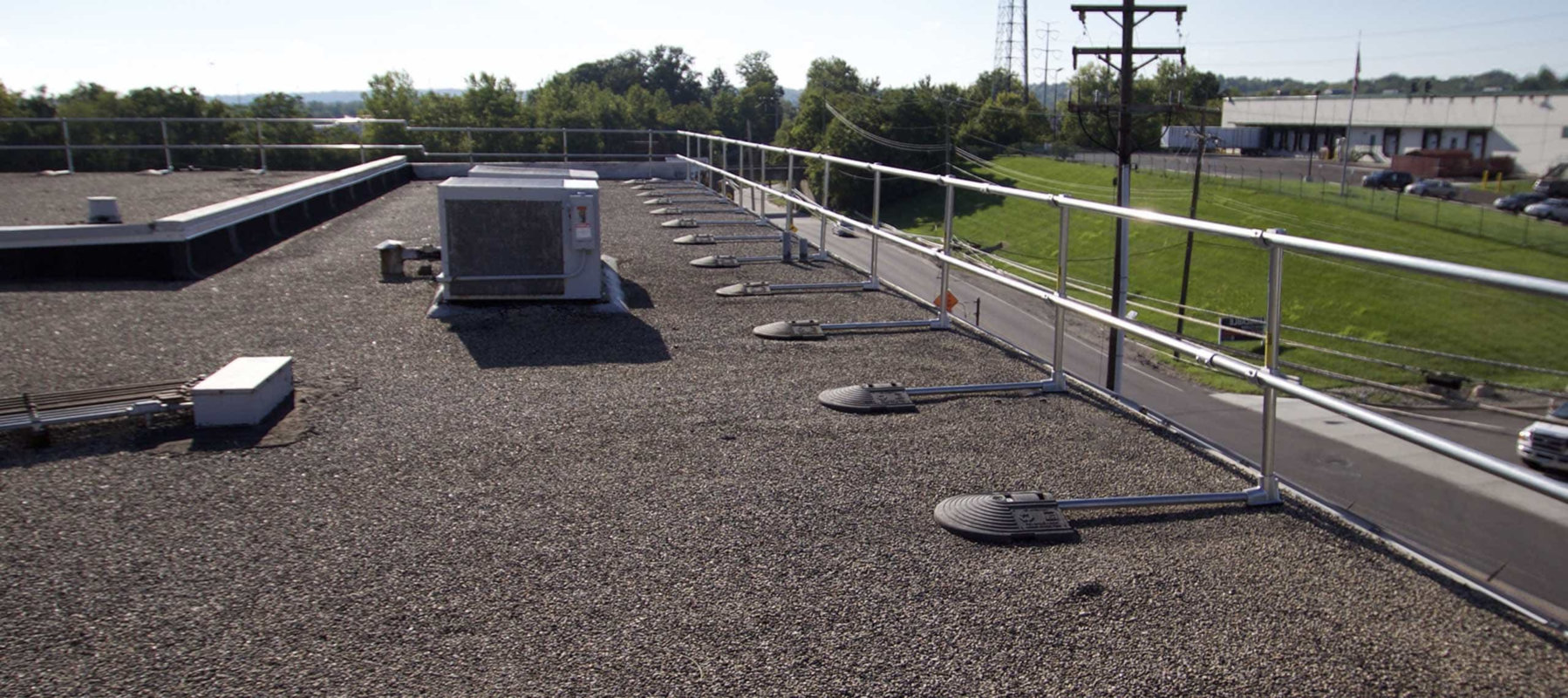
Fall Protection Solutions
in Washington, D.C.
Fall Protection that Goes Above and Beyond
Protecting Your Workers and Your Company
Like most large cities in the United States, Washington, D.C. has some specific requirements and regulations for fall protection. The District of Columbia requires contractors to have multiple certificates, licenses, and registrations which can be complicated for those contractors as most reside in neighboring states.
Multiple laws and regulations have continued to be adopted to direct the construction of buildings and structures. Buildings and structures are obligated to comply with the District of Columbia construction codes under the Department of Consumer and Regulatory Affairs (DCRA). The DCRA enforces the construction codes and those portions of the D.C. official code that relates to buildings and structures. The District of Columbia has also adopted 11 of the 2012 International Code Council in March 2014.
We want to partner and help you understand exactly what requirements are needed and the best methods for implementing fall protection solutions.
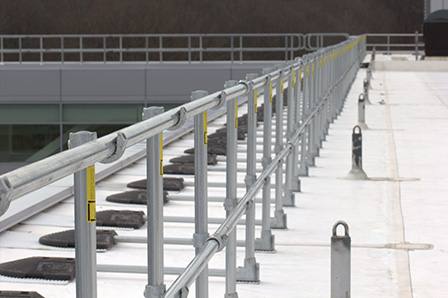
Understanding District of Columbia's Fall Protection Requirements
When operating in a large metropolitan area like Washington, D.C., you will need to meet federal OSHA requirements as well as the local building code. To help you, we’ve outlined the most important federal and local requirements for fall protection systems in the D.C. area.
1910.29(b)(1) - How Tall Does the Guardrail Need to Be?
1910.28(b)(1)(i) - At What Height is a Guardrail Required?
1910.29(b)(2)(i) - Where Does a Midrail Need to Be Installed?
IBC 1607.8.1 - What are the load requirements for rooftop railing in Washington D.C?
DC Building Code 1013.2 Where required - Where Are Guards Required?
DC Building Code 1013.7 Roof Access - When is a Guard Required Around a Roof Hatch?
Popular Fall Protection Products in Washington, D.C.
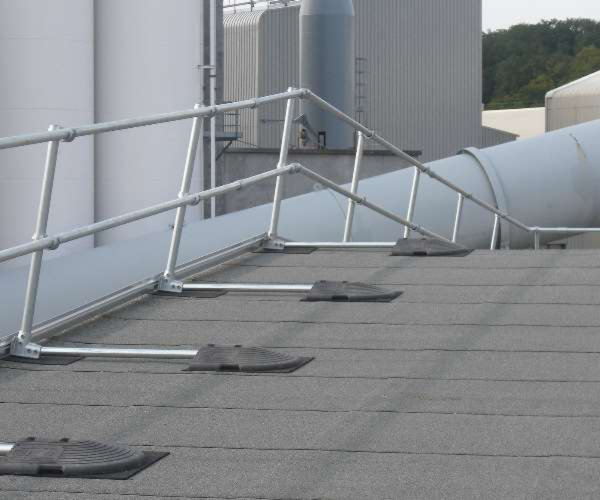
Rooftop Safety Railing
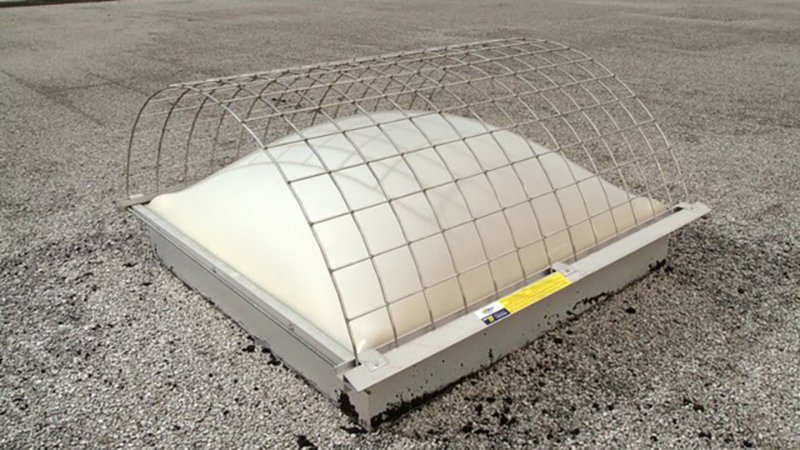
Skylight Covers
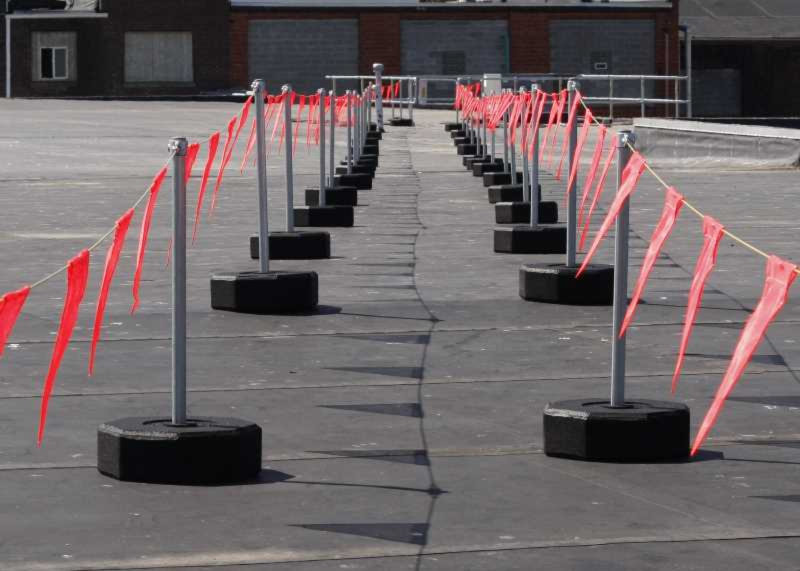
Warning Line
Have any Questions about Fall Protection?
We pride ourselves on not being "just another company trying to sell you something". We take safety seriously and we want to partner with you to make sure you receive the right fall protection solution that meets compliance requirements, protects your workers while they work at height, and reduces liability for your company.
